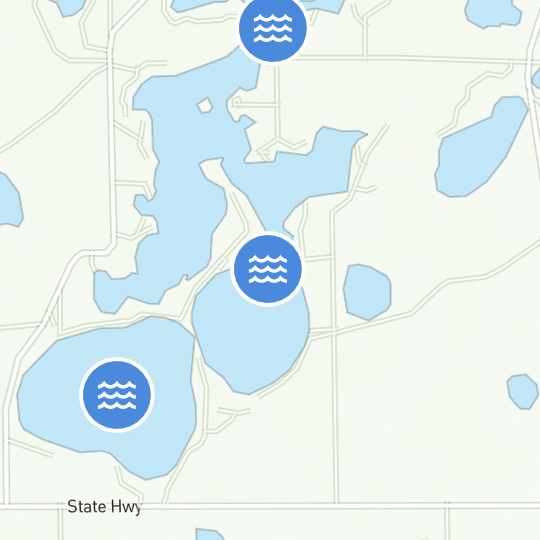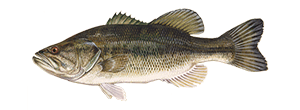Trout Fishing Basics
Equipping yourself with trout fishing basics, including knowledge about baits and behavior can help ensure your fishing success with this species.
The pursuit of trout requires not just skill with the rod, but a comprehensive understanding of the rules and regulations governing their capture. We'll explore the best practices, bait options, and gear essentials to enhance your trout fishing experience.
Trout Fishing Regulations
Just because trout are relatively abundant and available doesn’t mean that there are no regulations to follow in landing them. One of the essentials of knowing how to fish is understanding the ins and outs of the rules.
In some places, you’ll need to get a fishing license. Others will limit the open season for trout fishing. Additional standards may be in place for things like the minimum length of the fish you catch or daily limits for trout.
Some states also provide guidelines for catching and releasing trout. For example, New York’s Department of Environmental Conservation outlines steps to reduce the chance of mortality of trout that are released back into the water.
Before you head out for your trip, review all state and local laws and regulations to make sure you stay in compliance.
Where to Fish for Trout
From rainbow and lake to brown and more, there are literally hundreds of different species of trout. As such, the species can be found in every state in almost any freshwater spot, including streams, rivers, creeks, ponds, and lakes. Whether wild or stocked, trout can be plentiful, making a great target species, especially for those learning how to fish.
To find a good location for trout fishing, it’s a good idea to check out area sources. Many times, public agencies like a state’s Division of Fish and Wildlife will publish fishing maps. Other good sources of information include your local bait and tackle shop, fellow anglers, or online forums that discuss trout fishing in the areas you want to fish.
If your preference is learning how to fish for trout in a lake, you have multiple options. Lakes make an ideal spot because you can choose to fish from land or a boat, opening up lots of possibilities for your adventure. And the lakes are often stocked with trout, one of the most commonly stocked species to make your outing as rewarding as possible.
The Best Gear for Trout Fishing
One of the best things about fishing for trout is that the gear you need can be pretty minimal compared to what’s required to catch other species. Since you will need basic gear, knowing how to fish for trout can also be more economical than fishing for other species.
If using a rod, it’s best to pick a medium-weight one that’s about six or seven feet in length. Pair it with a spinning reel and four or six-pound monofilament line. You’ll also need to stock up on sinkers, swivels, hooks and bobbers. Another common way to catch trout is fly fishing.
When it comes to bait, even though they have great eyesight, trout are not particularly picky eaters and will go for almost anything. Anglers who are learning how to catch trout should experiment by trying a variety of live bait options such as insects like crickets, since bug make up the majority of the fish’s diet. Minnows, fish eggs and nightcrawlers are other common live choices. Artificial baits like PowerBait are also becoming more popular when fishing for trout.
Storing Trout While Fishing
If you don’t catch and release your trout and want to enjoy what you hook for dinner, then it’s wise to follow proper techniques for keeping trout fresh, especially if you are fishing in warm weather. Start by cleaning the fish as quickly as possible. Then wipe it clean or rinse it with water. Store it in a cooler packed with ice for the trip home, and enjoy!
KEEP LEARNING

How to Tie the Non-Slip Loop Knot
The non-slip loop knot is a popular and reliable choice for securing hooks, lures, and other tackle to your fishing line.
LEARN MORE

Socials
Take me fishing social media links
LEARN MORE

TakeMeFishing x Teen Vogue
Join us on a creative journey as fashion designer Ahmrii Johnson walks us through her collaborative vision and process with Teen Vogue and fashion brand, Rentrayage, to create a special piece.
LEARN MORE


.png?lang=en-US&ext=.png)